Details of standard
 Overview
Overview
Whether working on turbines, cranes, or production lines, as an Engineering Fitter, you will play a pivotal role in the manufacturing and process sectors, delivering precision and quality in every task.
As an Engineering Fitter, your daily responsibilities will include interpreting detailed drawings or specifications, planning your work, and ensuring you have the right tools and equipment to meet the required standards. Your role is hands-on and critical, as you’ll be checking your work against stringent quality benchmarks, making adjustments where necessary, and ensuring that each component or assembly is delivered to perfection. You may work in a workshop environment or on-site at client premises, including potentially hazardous environments, which makes attention to detail and adherence to health and safety regulations paramount.
Engineering Fitters are at the forefront of innovation, and their work is integral to creating a more sustainable future. By ensuring that components are crafted to the highest standards, you will help to extend the lifespan of machinery, reduce waste, and contribute to the efficiency of energy systems and production lines. Your role in refurbishing parts also plays a vital part in reducing environmental impact by minimizing the need for new resources.
In this apprenticeship, you’ll interact with a diverse range of professionals, including installation engineers, safety officers, and quality assurance teams, making you a crucial link in the chain of sustainable engineering practices.
Occupational profile
The broad purpose of the occupation is to produce complex high value, low volume components or assemblies in full or part, using machines, equipment or systems, to the required specification. Fitters may typically have a mechanical, electrical, electronic, control systems, pipe fitting or instrumentation bias or operate across multiple disciplines depending on the type of assembly. To produce or re-furbish the components fitters will interpret drawings/specifications and plan their work, for example ensuring they have the right tools, equipment and resources to complete the task to the required specification. Fitters are required to check their work against quality standards and make adjustments as required based on their knowledge. On completion of the task a fitter will hand over the product and prepare the work area for the next task by checking equipment meets the standards required to operate. They may be based in a workshop or clients’ premises – this may include hazardous environments.
In their daily work, an employee in this occupation typically interacts with line managers/supervisors; depending on the size of the employer and nature of the work they may work as part of a team of fitters or independently. They may interact with personnel in other functions for example installation and maintenance engineers, health & safety and quality assurance personnel, as well as internal or external customers.
An employee in this occupation will be responsible for completion of their work to the required specification and deadlines, in line with quality, health & safety and environmental regulations and requirements, with minimum supervision.
Duration
The apprenticeship will typically take 42 months to complete
Level
This apprenticeship standard is at Level 3.
Entry Criteria
We are looking for high quality candidates with good interpersonal skills and preferably Maths and English GCSE/Functional Skills.
The Level 3 Advanced Manufacturing Engineering (Development Knowledge)
Designed to support both on-the-job and off-the- job training and development for apprentices undertaking this standard.
Career progression
Professional Body – IET




